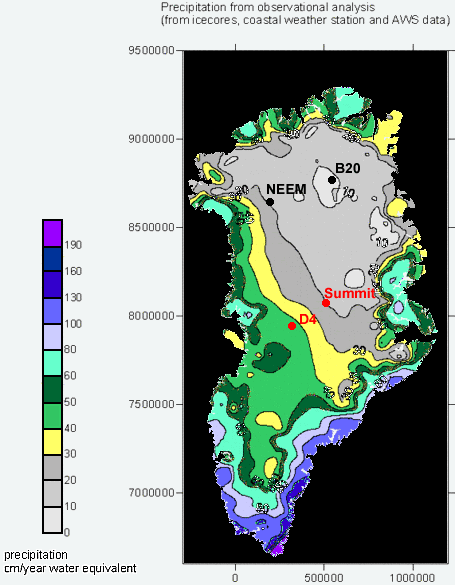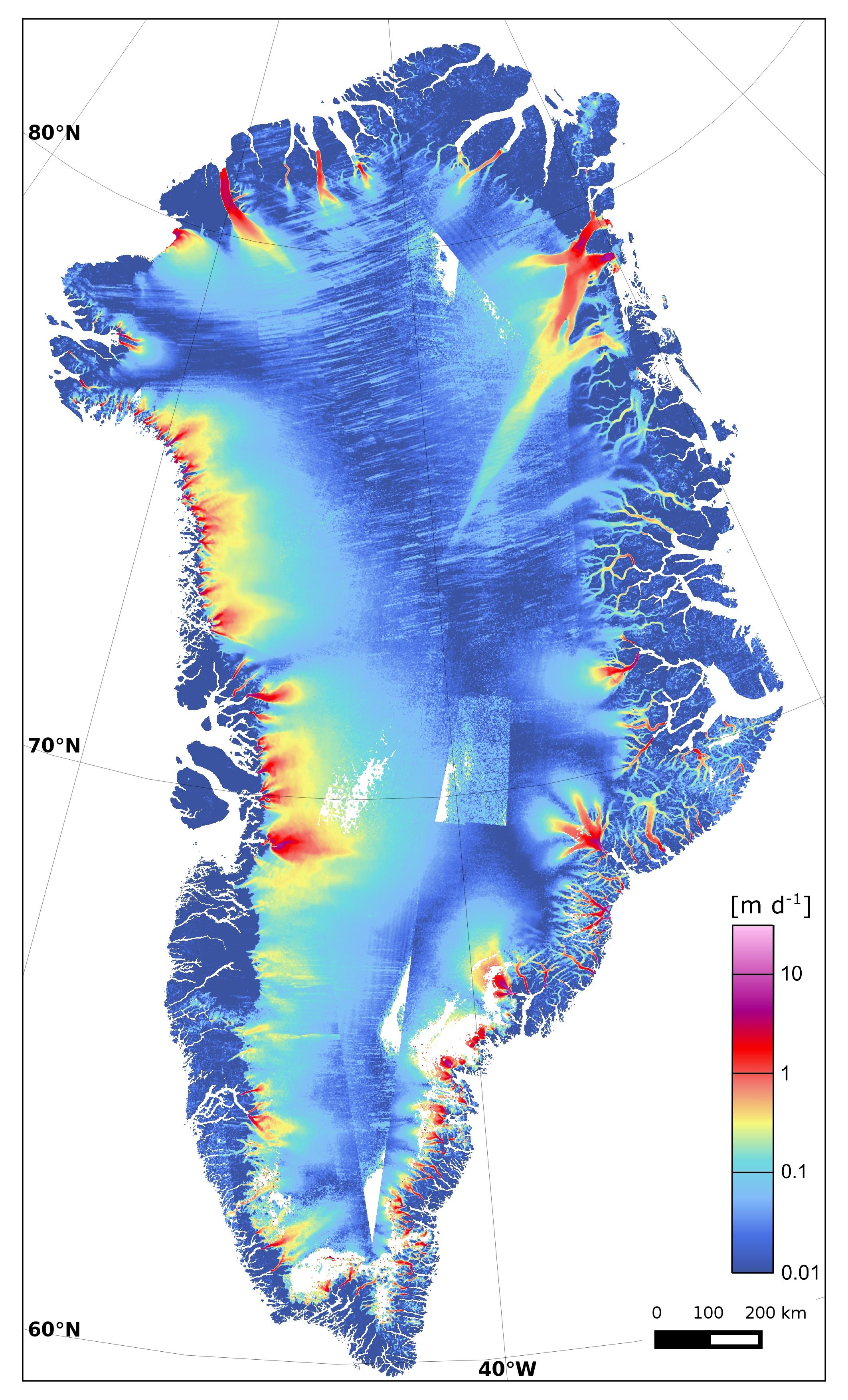You are making a
specific claim that "every sea rise prediction from the Global Warmists have fallen short." The only way you can make that claim in good faith is if you've actually seen predictions for years that have already passed. So yes, if you're going to make a claim like that, it is your obligation to back it up.
Yeah, thing is? I haven't seen any specific predictions for 2000, or 2010, or 2018. The predictions are typically for year 2100. Here's a typical example, from the IPCC's 2007 report.
I did see one prediction in the IPCC AR3 (from 2001) for "1990 to 2025." The range is fairly broad (0.03m to 0.14m), so it is no surprise that the results definitely fall within that range. Between 1993 and 2018, sea levels have risen approximately 0.08 meters. It is not unreasonable for the final count to hit 0.11 meters, and could go higher if the rate of sea level rise continues to accelerate.
View attachment 67242264
So, there you go: One major prediction for sea level rise that is, so far, quite accurate, and likely to land on the high end rather than the low end.
Yes. Absolutely.
People are tenacious about their property; for most people, real estate is their most significant asset (and biggest liability, too). They also obviously have a strong emotional attachment to their property, even after it's been destroyed by a storm.
People are also slowly starting to realize that climate change is starting to have an impact. Around half the nation now believes that climate change is making hurricanes more intense and damaging, and that will certainly impact their decisions about rebuilding and/or retreat.
When people think "wow, this was a bad storm," they almost always rebuild. When they think "this is going to happen again, and next time it will be worse," they are more amenable to selling their land to the state for a retreat program.
As to flood insurance? All of Staten Island is eligible for flood insurance, as are most of the US coastal areas. Check the CBRS maps.





